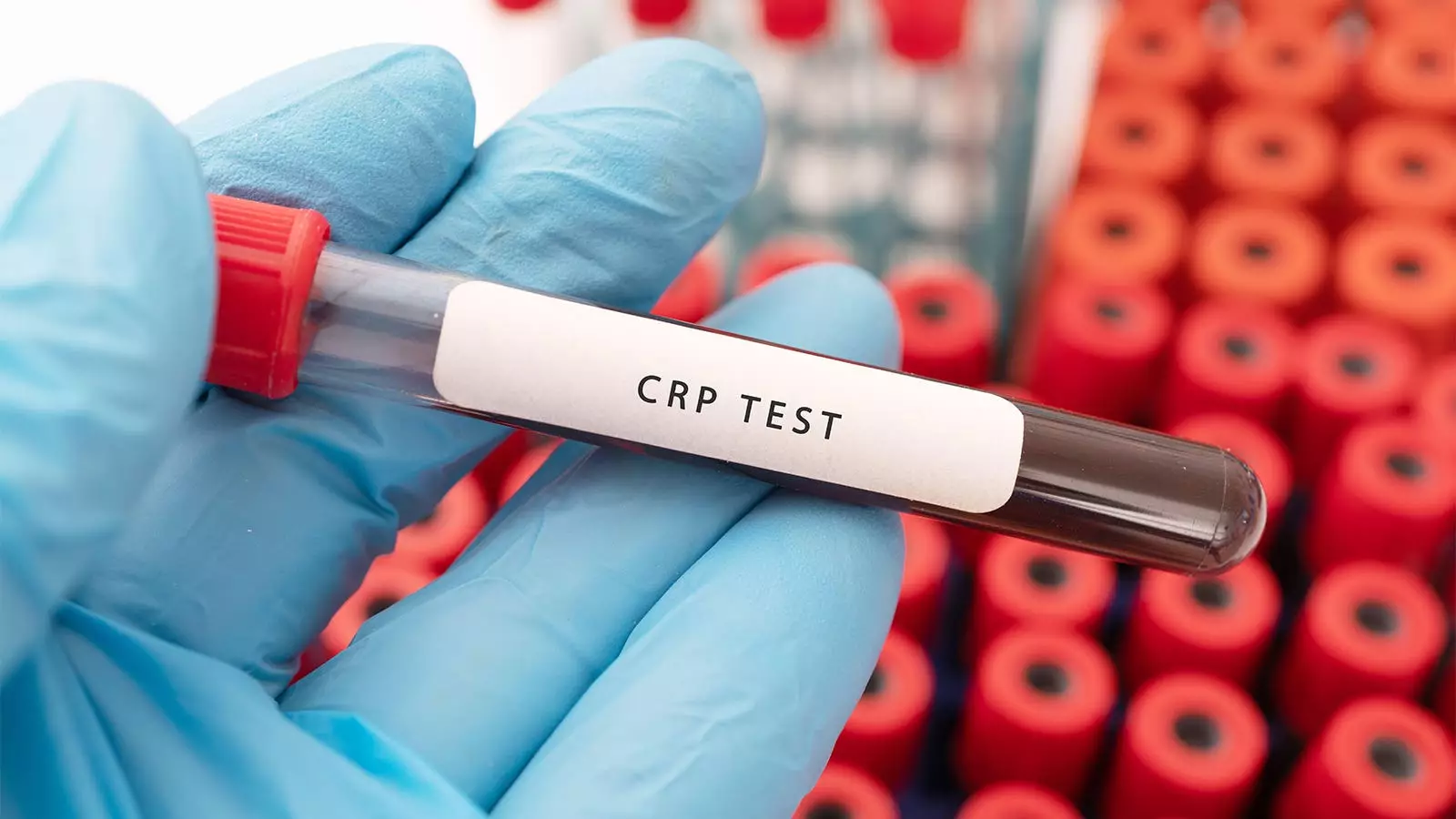Hidradenitis suppurativa (HS) is a chronic inflammatory skin disorder that profoundly impacts patients’ quality of life, characterized by painful lesions and abscesses mainly affecting intertriginous areas of the body. The advent of adalimumab (Humira), a monoclonal antibody directed against tumor necrosis factor-alpha (TNF-alpha), has provided new hope for managing this debilitating condition. Recent findings from a post hoc analysis of the PIONEER I and II trials have raised important considerations regarding the role of C-reactive protein (CRP), an inflammatory marker, in predicting treatment response.
The PIONEER trials included data from nearly 600 patients with moderate to severe HS, highlighting a crucial relationship between baseline CRP levels and the efficacy of adalimumab therapy. Researchers observed that patients with a baseline CRP greater than 0.30 mg/dL—indicative of heightened systemic inflammation—demonstrated a decreased likelihood of responding positively to the treatment. Specifically, patients within this demographic had 47% lower odds of clinical improvement.
This correlation prompts pertinent questions about how CRP may serve as a biomarker, one that possibly conveys information about disease severity and treatment prognosis. The findings call attention to a predictive role for CRP despite it being a somewhat nonspecific marker of systemic inflammation. Thus, its utility in clinical practices becomes a topic of exploration, especially for healthcare professionals confronted with treatment-resistant cases of HS.
Implications of Elevated CRP on Treatment Decisions
While it is evident that elevated baseline CRP levels offer predictive insight, the outcomes present a paradox: Even among patients with high CRP, a significant proportion still benefitted from adalimumab treatment. Indeed, these patients had over three times the odds of showing a response compared to those on a placebo. This suggests that although CRP levels can provide valuable prognostic information, they should not serve as the sole determinant in clinical decisions regarding initial dosing or treatment modifications.
Experts like Dr. Danilo C. Del Campo highlight that, in practice, treatment initiation typically occurs at the FDA-approved dose of adalimumab, irrespective of baseline CRP. This perspective underscores the complexity of HS management, where treatment response can be unpredictable. Still, considering factors such as patient body mass index (BMI) and disease phenotype in conjunction with CRP levels might enhance personalized treatment strategies.
The implications of CRP levels extend beyond simply predicting response to adalimumab. The researchers noted that systematic inflammation, often linked to obesity, is a crucial component to evaluate. Higher BMI is associated with elevated CRP levels, which in turn, may affect the overall disease management plan, necessitating a multifaceted approach. Some practitioners, like Dr. Steve Daveluy, advocate for exploring combination therapies involving spironolactone, metformin, or zinc gluconate, particularly when standard treatment regimens are insufficient.
In recognizing that certain patients may experience limited response to existing therapies, there should be a readiness to adapt treatment plans. For individuals with elevated CRP levels reflecting systemic inflammation, alternative biologic treatments or drug-level assessments could provide necessary insights into creating a more effective treatment regimen.
This post hoc analysis illuminates gaps in current clinical practices and highlights the necessity for ongoing research aimed at understanding the mechanistic relationships between inflammatory markers like CRP and treatment efficacy. Further prospective studies are essential to determine the optimal thresholds at which adalimumab therapy may become ineffective, ensuring that patients do not endure unnecessary adverse effects from ineffective treatments.
The landscape of HS management is evolving, and as research continues to contribute critical insights into individualized care, clinicians will likely need to adapt their strategies based on emerging evidence regarding systemic inflammation’s role in treatment response. Emphasizing the importance of collaboration and continued inquiry will help bridge the gap between clinical realities and research advancements, ultimately improving patient outcomes in hidradenitis suppurativa management.
While CRP levels serve a significant role in predicting treatment response, clinicians should approach their use with caution, combining them with a comprehensive evaluation of each patient to establish the most effective treatment pathway.

Leave a Reply